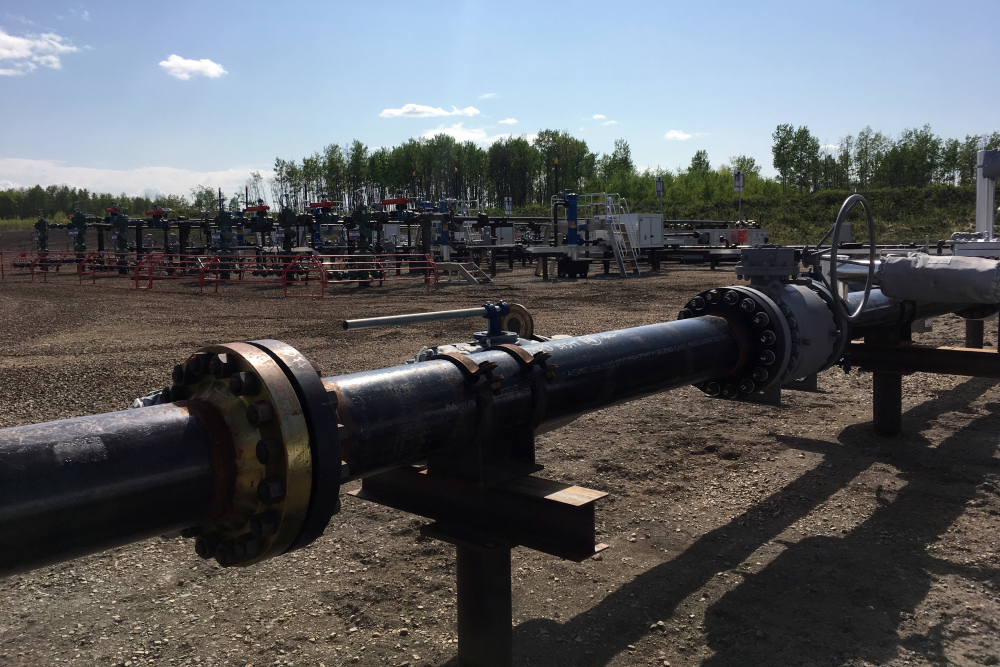VANCOUVER — KAREN TAM WU, RPF, regional director, British Columbia, Pembina Institute made the following statement in response to B.C.'s Hydrogen Strategy:
“The Pembina Institute welcomes the release of B.C.’s strategy on hydrogen which, depending on how it is produced, can support progress toward CleanBC’s 2030 emissions reduction goal and commitment to achieve net-zero carbon emissions by 2050. While B.C.’s new strategy promises to ramp up production of green hydrogen, made from the province’s abundant renewable energy resources, it also encourages continued development of natural gas for the production of blue hydrogen, which still has significant greenhouse gas emissions. Because B.C. hasn’t prioritized green hydrogen production, it misses B.C.’s clear regional opportunity to build a hydrogen economy on a renewable energy foundation rather than on fossil fuels and maximize the potential climate benefits hydrogen has to offer.
"Already, B.C.’s gas sector is the single largest source of emissions in the province, accounting for 20 per cent of the province’s total emissions. Emissions from this sector have been growing since the 2007 baseline year. This includes emissions of methane, one of the most potent greenhouse gases, which is released during the production and transportation of gas. In this global climate emergency, life cycle emissions matter. Development of hydrogen made with natural gas must not undermine B.C.’s goal of reducing emissions from the gas sector by 33 to 38 per cent by 2030.
“While the strategy aims to develop blue hydrogen ‘with similar or lower emissions than green hydrogen,’ the strategy will only achieve that goal if the full life cycle of the blue hydrogen production process is included in the carbon intensity calculation. Significant emissions sources include upstream emissions from gas development, the hydrogen production process itself, and the energy needed to operate carbon capture facilities. In order for blue hydrogen to compete with the emissions intensity of green hydrogen, the best available technology with the highest rates of carbon capture and storage is needed, and upstream emissions will have to be avoided or captured.
“As an energy source, hydrogen could provide solutions for hard-to-decarbonize sectors, such as heavy-duty transportation and high-heat industries.”
Quick facts
Pembina Institute’s hydrogen primer outlines costs and benefits of hydrogen on pathways to net-zero emissions:
- Grey hydrogen extracted from natural gas (without carbon capture and storage) offers little to no climate benefit.
- Blue hydrogen extracted from natural gas while employing carbon capture and storage has a low to moderate carbon intensity. The actual intensity is determined by the quantity of upstream emissions associated with the production and transportation of the gas feedstock, and the amount of emissions that are permanently sequestered through the carbon capture process.
- Green hydrogen extracted from water using renewable energy has the lowest carbon intensity and offers the greatest climate benefit.
- Hydrogen can be blended with existing gas and liquid fuels to incrementally lower their carbon intensity.

[30]
Contact
Catherine Pope
Senior communications lead, Pembina Institute
778-229-0330
Background
Blog: Setting a course to Canada’s clean hydrogen economy
Media release: Strong climate policies will drive clean hydrogen deployment
Primer: Hydrogen on the path to net-zero emissions: cost and climate benefits
Backgrounder: Media briefing on Canadian methane regulations




